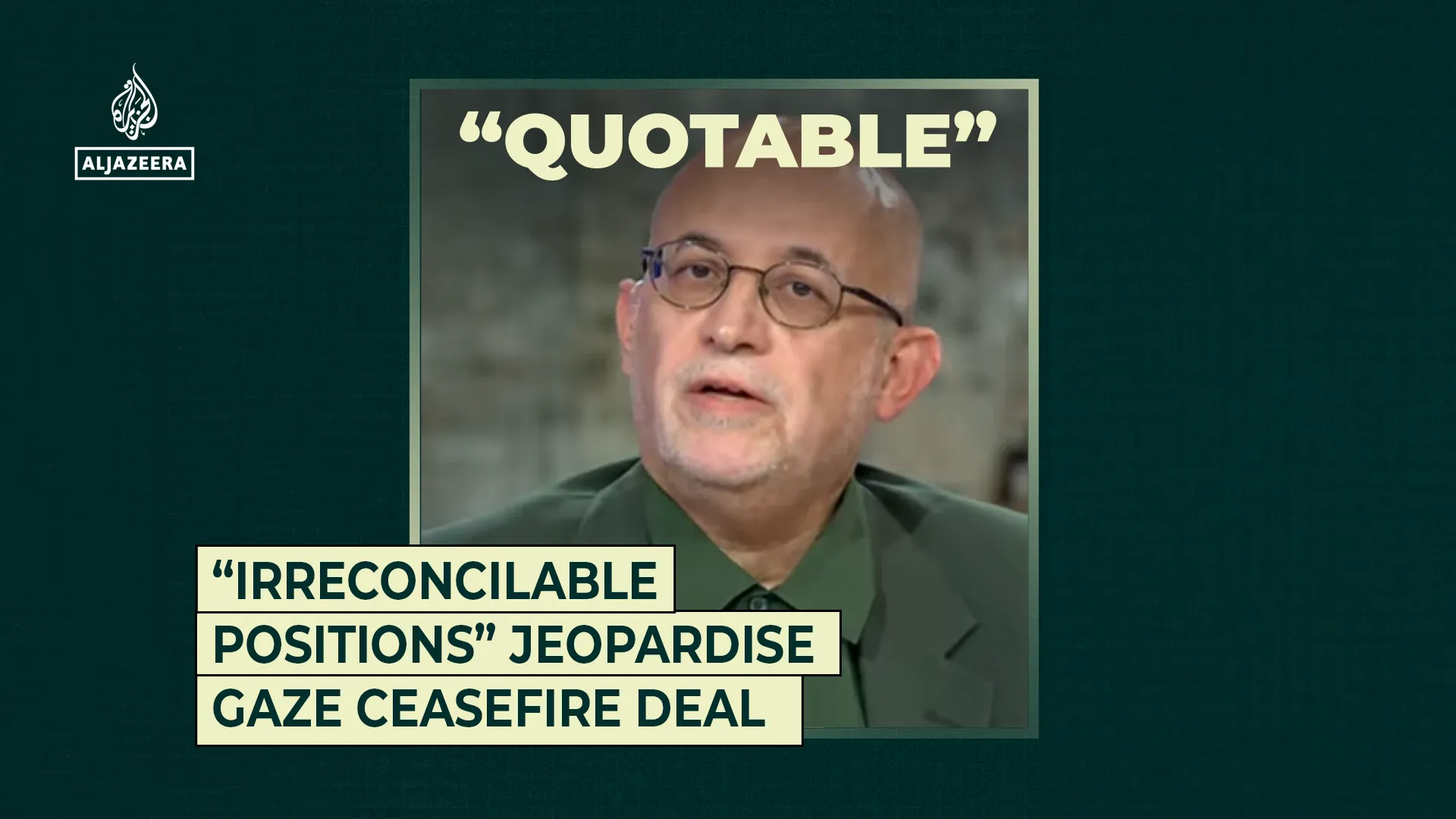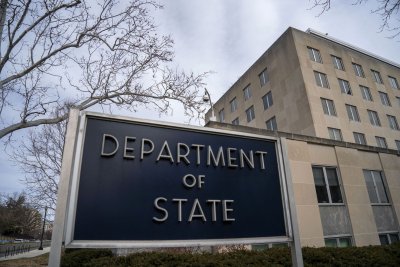June 13 (UPI) — The State Department was pressing ahead Friday with a reorganization that will see more than 3,400 layoffs of U.S.-based staff in bureaus that cover Asia and the Middle East and across seven divisions, including the office of Secretary of State Marco Rubio, which will be letting go 51 employees.
The planned cuts, which were communicated to lawmakers and staff Thursday, provide the first detailed breakdown of the scope of the administration’s bid to tackle “bureaucratic overgrowth,” merge desks to eliminate redundancy and re-think the briefs of bureaus, Government Executive said.
With a 69% cut, Foreign Assistance and Humanitarian Affairs will see the largest workforce reduction with 386 staff laid off and 145 leaving by mutual agreement. Economic Growth Energy and Environment will shed 297 employees, 198 of them layoffs.
Public Diplomacy and Public Affairs and Arms Control and International Security will each lose around 22% of their teams, equivalent to 168 and 245 employees, respectively, while Political Affairs will lose 274 staff, 112 of them via layoffs.
The largest cuts are reserved for the department’s Management division, where 897 staff will be laid off, with unit manpower being reduced by a further 796 via resignations on a deferred basis.
Rubio’s so-called “S Family” office will see its staff complement slashed by 240, or 12%, but all but 51 have opted to resign voluntarily, officials said.
The department, which said it planned to complete the changes by July 1, stressed that some staff members will be reassigned, and that the disappearance of any individual’s office from the organizational chart did not mean they were being let go.
It also vowed the human resources team would assist foreign service officers whose next assignment had been axed to find a new position.
In a document prepared for Congress, the State Department said reduction in force, or layoffs, had been carefully designed in line with all applicable laws in a way that would not affect the department’s functions.
“Reductions will principally affect non-core functions, duplicative or redundant offices, and offices where considerable efficiencies may be found from centralization or consolidation of functions and responsibilities,” the department said.
However, a number of offices that had become “prone to ideological capture and radicalism will cease to exist, including the Civilian Security, Human Rights and Democracy division, while the Democracy, Human Rights and Labor and Population, Refugees and Migration offices will be brought into the undersecretary Foreign Assistance and Humanitarian Affairs’ jurisdiction.
A foreign service officer told Government Executive that the changes would leave the division with overall responsibility for humanitarian and foreign assistance totally hollowed out.
Labor strongly opposed the plans, with the American Foreign Service Association — the union that represents staff members — saying it rejected the workforce changes “firmly and unequivocally,” coming at a time when the effectiveness of American diplomacy was already at risk from “an already stretched thin and under-resourced” State Department.
Geoffrey Pyatt, a former assistant secretary of state and U.S. ambassador to Greece and Ukraine, added his voice to the dissenters.
“Inevitably, a lot of the people who will be laid off will be experienced diplomats with hard-earned skills in language and area knowledge,” he told the Financial Times.
Rubio announced his sweeping reorganization of the service, including returements, in April, saying the department had become too big, expensive and bureaucratic in recent decades and needed to drastically slimmed down in line with President Donald Trump‘s priorities.






